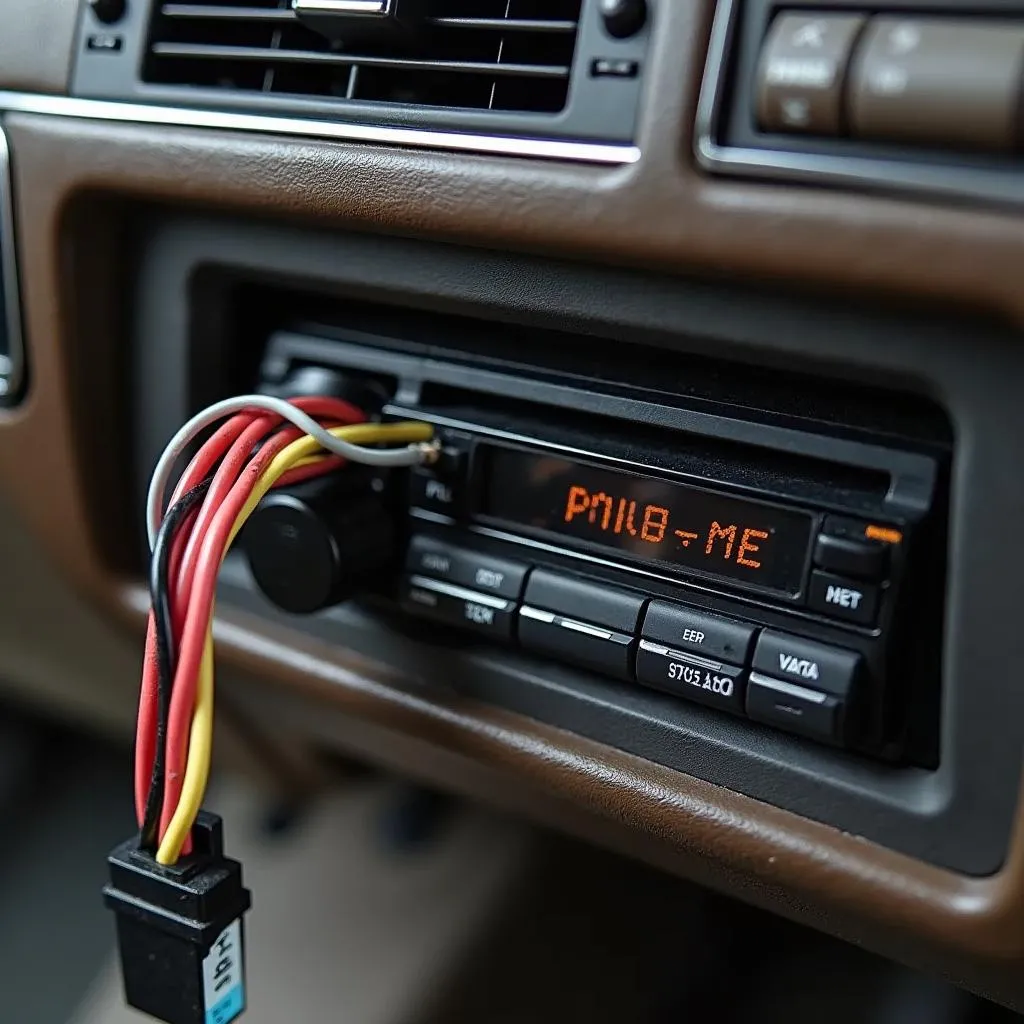You’re concerned about car theft, and rightfully so. It’s a growing problem. You’ve seen those anti-theft bags advertised as a way to block key fob signals, but has anyone actually tested anti-theft bags? And do they really work? Let’s dive into the tech behind these bags and see if they live up to the hype.
Understanding Key Fob Hacking and Relay Theft
Before we examine the effectiveness of anti-theft bags, it’s crucial to understand how criminals exploit keyless entry systems. Modern vehicles use radio frequency identification (RFID) technology in key fobs. These fobs transmit a short-range signal that your car recognizes, allowing you to unlock and start the engine without taking your keys out.
Thieves use sophisticated techniques like relay attacks, where they amplify and relay your key fob’s signal from outside your home to the car, tricking the system into thinking the key is nearby. This is where anti-theft bags come into play, aiming to block these rogue signals.
Do Anti-Theft Bags Really Work?
The short answer is: sometimes. The effectiveness of anti-theft bags hinges on the quality of their construction and the material used for signal blocking. These bags often employ layers of metallic fabrics like nickel, copper, or aluminum, designed to create a Faraday cage effect, essentially a shield against electromagnetic radiation, including the radio waves from your key fob.
“Not all anti-theft bags are created equal,” warns automotive security expert Dr. Emily Carter, author of “Modern Vehicle Security Systems.” “The effectiveness of the shielding material, the bag’s construction, and even the frequency of your specific key fob all play a role.”
Several independent researchers and consumer groups have conducted tests on various anti-theft bags. The results are mixed. Some high-quality bags effectively block the signals, while others offer minimal protection, highlighting the importance of choosing a reputable brand.
How to Choose an Effective Anti-Theft Bag
If you’re considering an anti-theft bag, look for these features:
- Multiple layers of shielding material: More layers generally mean better signal blocking.
- RFID-blocking technology: The bag should explicitly state its ability to block RFID signals.
- Durable construction: The bag should be well-made and able to withstand regular use.
- Verified testing: Look for bags that have been tested and certified by independent organizations.
Beyond Anti-Theft Bags: Other Preventive Measures
While a high-quality anti-theft bag can add an extra layer of security, it shouldn’t be your only line of defense. Consider these additional measures:
- Traditional steering wheel locks: These physical deterrents are still effective.
- Car alarms with motion sensors: They provide an audible alert and can deter thieves.
- GPS tracking systems: These can help locate your vehicle if it’s stolen.
FAQs About Anti-Theft Bags and Car Security
Q: Will an anti-theft bag drain my key fob battery?
A: No, the bag merely blocks the signal; it doesn’t interact with your key fob’s battery.
Q: Can I use any bag with aluminum foil as an anti-theft bag?
A: While aluminum foil can block some signals, it’s not a reliable or recommended solution. Proper anti-theft bags are designed with specific materials and construction for optimal effectiveness.
Q: Are there any software solutions to prevent key fob hacking?
A: Yes, some vehicle manufacturers offer software updates that enhance the security of keyless entry systems. Consult your dealer or manufacturer for available updates for your car model. For advanced diagnostics and software solutions for your vehicle, explore the services offered by CARDIAGTECH.
Protecting your vehicle from tech-savvy thieves requires a multi-layered approach. While anti-theft bags can play a role, it’s crucial to choose a high-quality product and combine it with other security measures.

